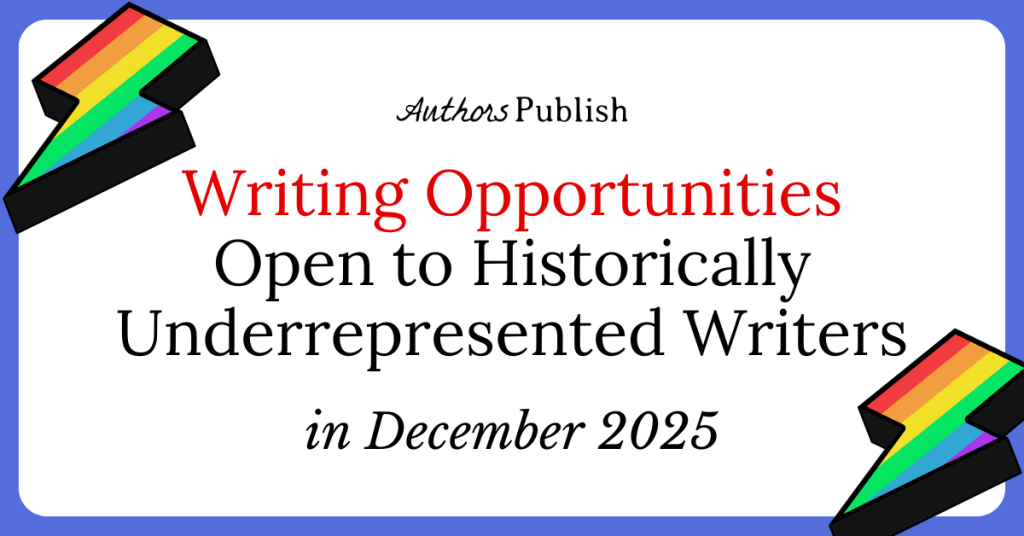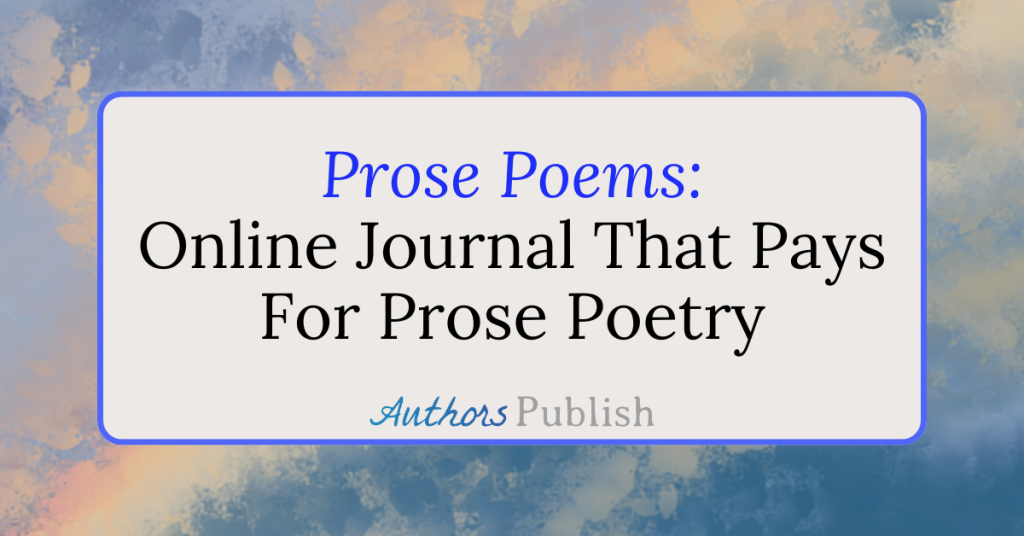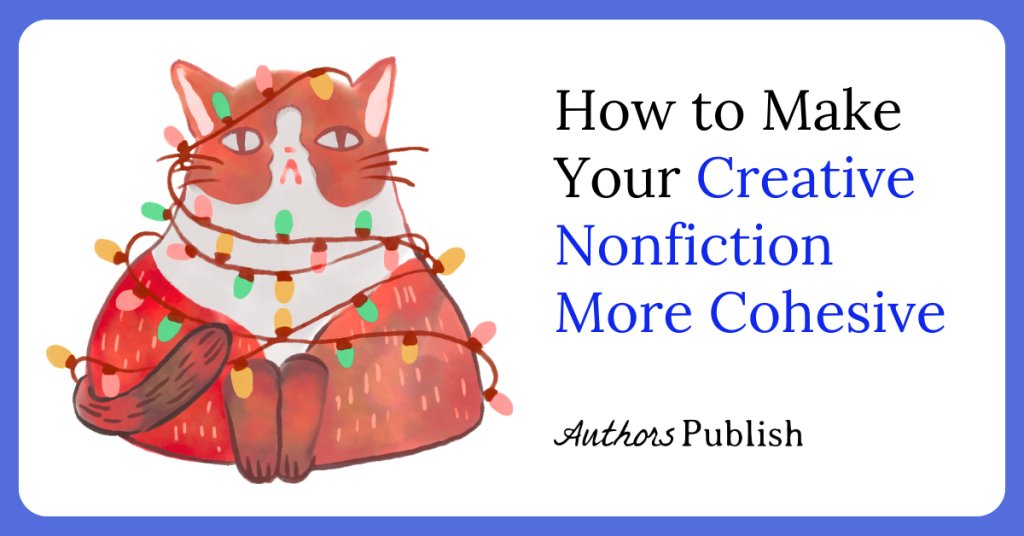In early April we published an article about publishing and COVID-19. At the time everything was up in the air and not much was known, but the little that was, was shared.
Now a little more is known. The books that were delayed in the spring are starting to be released and some are selling well. Fewer small publishers have ceased operations than I expected would, over the summer.
The major shift that has happened is that publishers have been accepting fewer books, overall, and many have closed to unsolicited submissions for an indeterminate matter of time. But books are still being accepted and the publishers seem to be staying in business because they have adjusted their strategy. This is a sharp departure from 2008, which had serious repercussions.
That doesn’t mean everything is in the clear. Publishers have faced major losses, but so far things do seem to be staying afloat.
One of the positive side effects is that publishers that previously only allowed postal submissions shifted towards having electronic options.
Another unexpected plus is that print sales are actually up significantly. There have been a number of new blockbuster books in the past months, and sales in older fiction, books on race and racism, and children’s workbooks are up.
Unfortunately the increased demand for print is causing a number of logistical complications. Because the book printers themselves were struggling even before the spring, and there is currently not nearly enough capacity with printers to keep up with demands. The New York Times has a good article on this here.
This printing issues is causing release delays for new books, with many publishers. It’s particularly impacting newer authors, who are less likely to get their work prioritized for print, and are much more likely to have limited print runs because of the ongoing situation.
A number of agencies have temporarily closed to new submissions as well, but the number of agents has not changed dramatically and deals have still been made. Some agencies have started to supplement their income by offering classes with agents or authors.
One of the major sectors of publishing that has been affected is children’s books and Publisher’s Weekly’s regularly updated section on that portion of the industry is very helpful. They also have one on the industry as a whole. Both are free to access.
So far the major losses are mostly focused on bookstores which could do a lot of long-term damage. In Canada this is particularly critical for reasons outlined here.
Please try and support your local bookstore (big box or small) if you can.
The local children’s bookstore near me is still doing well, because of a lot of neighbourhood support. The continue to rely only on curbside pickup and have so far been able to meet their normal sales goals that way.
On my part, on a personal note, I’ve been trying to support not only local bookstores, but independent/smaller presses as much as possible, through donations and buying. I’ve stopped using Amazon entirely for book purchasing even switching to Kobo (the version I purchased is seamlessly integrated with Overdrive, the app for most public libraries).
I’ve also tried to prioritize the work of debut authors, because they are impacted the most, and because you can learn a lot by reading their books.
Supporting your literary community doesn’t have to involve money. You can help promote the work of authors and publishers you love through online reviews, sharing quotations and links, and attending readings. You can also request that your library purchase certain books, which helps local presses.
Emily Harstone is the author of many popular books, including The Authors Publish Guide to Manuscript Submissions, The 2019 Guide to Manuscript Publishers, Submit, Publish, Repeat, and The Authors Publish Guide to Children’s and Young Adult Publishing.
She occasionally teaches a course on manuscript publishing, as well as a course on publishing in literary journals.
You can follow her on Facebook here.






